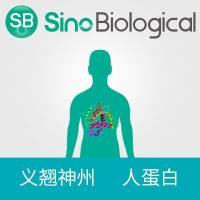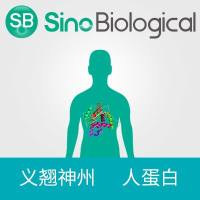Biomedical and Agricultural Applications of Animal Transgenesis
互联网
481
In 1980, Gordon et al. (1 ) showed that DNA injected into the pronuclei of single-cell embryos could be incorporated, expressed, and transmitted to the offspring of transgenic mice. Since then, pronuclear injection has become a widely used and invaluable tool for the study of mammalian gene function. The same technique has also been used to generate transgenic livestock (2 ); however, the proportion of injected and transferred embryos giving rise to transgenic animals is greatly reduced relative to mice (1 to 2% vs 10-25%). Two general disadvantages of pronuclear injection apply equally to all species: unpredictable effects of site of incorporation and transgene copy number on gene expression lead to a requirement for testing multiple lines to ensure appropriate transgene expression, and the technique is restricted to the addition of genetic material.






